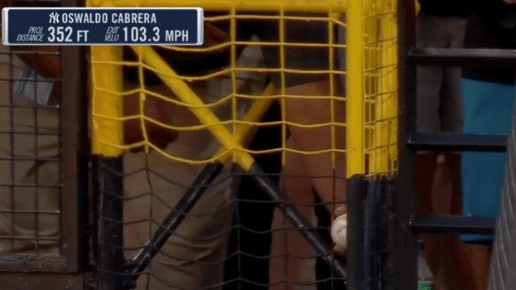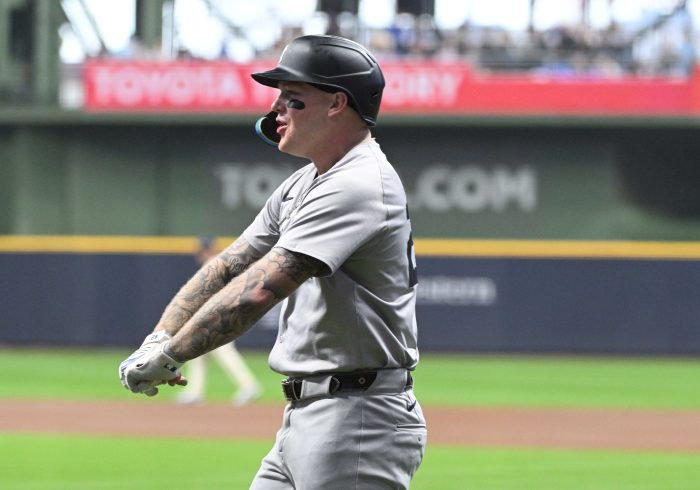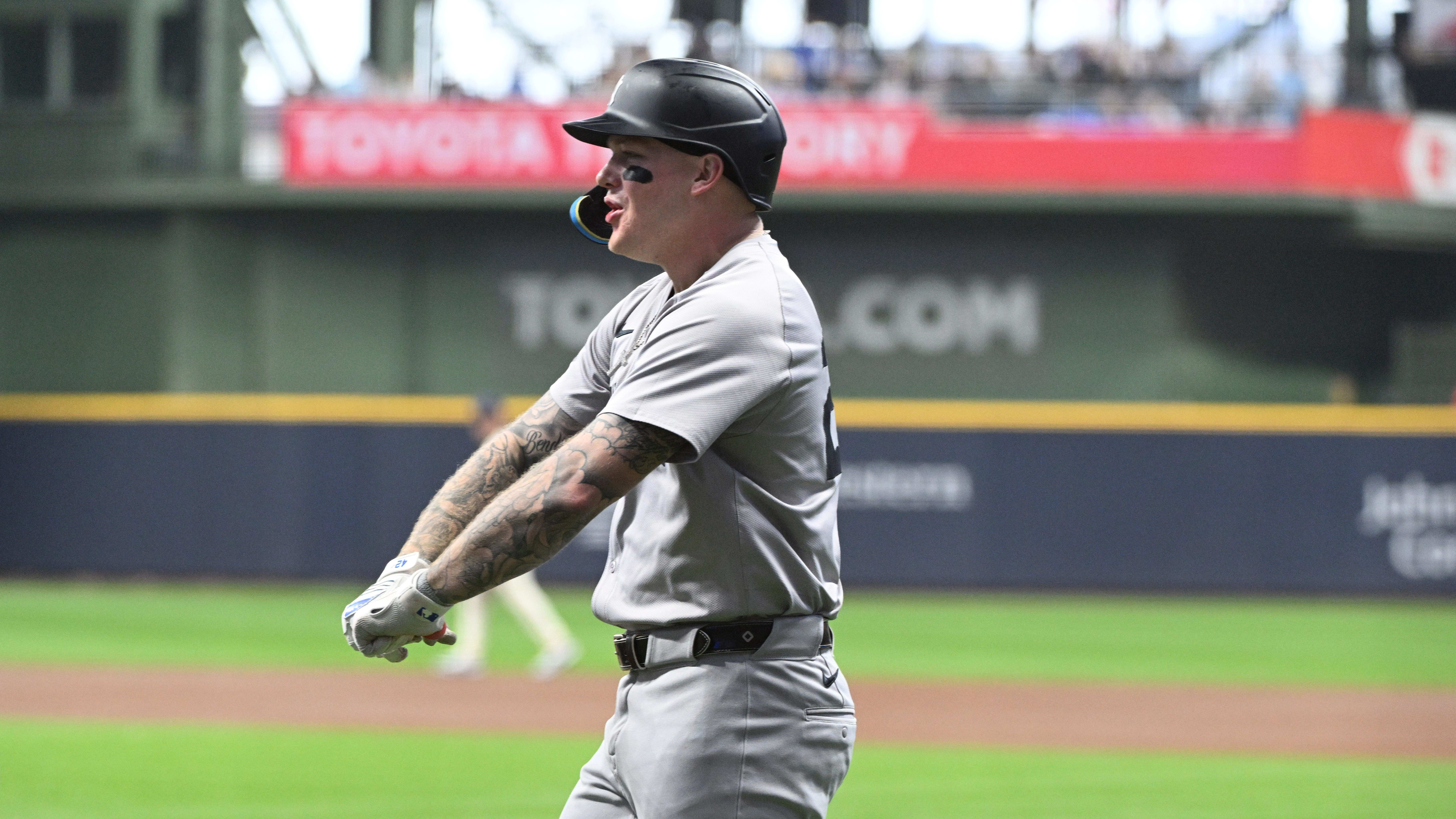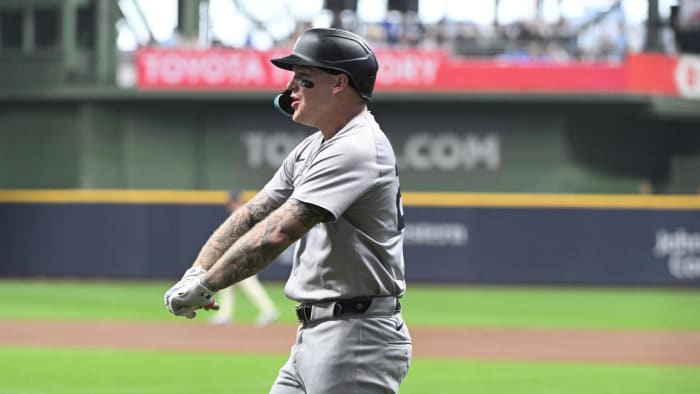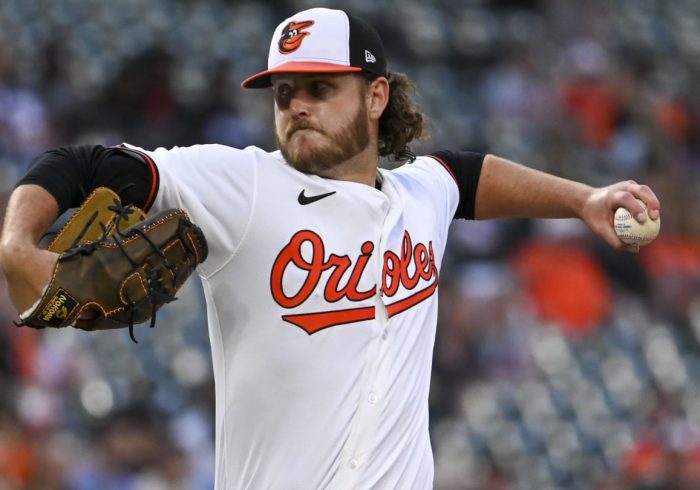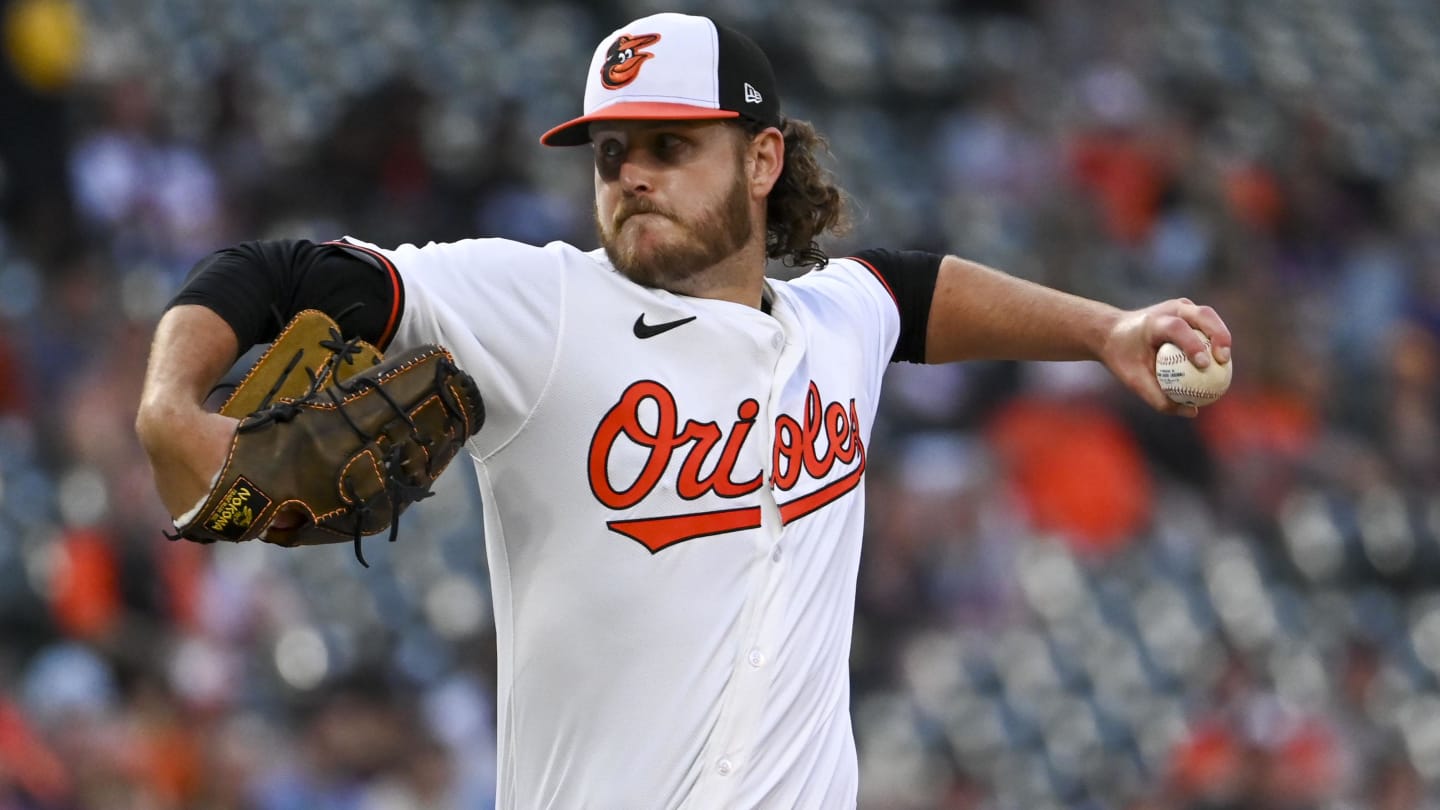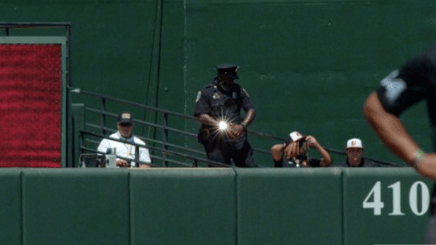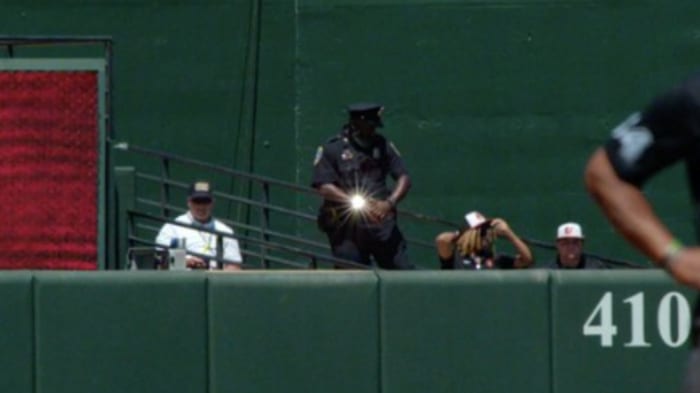In the opening game of a series in Baltimore between the two teams jockeying for the lead of the AL East — the New York Yankees and Baltimore Orioles — Baltimore walked away with a win that nearly could have been lost.
In the top of the ninth inning on Monday, Yankees utilityman Oswaldo Cabrera hit a ball deep to left field. The ball, launched 379 feet, would have been a home run in six parks in the majors according to Statcast, but not Oriole Park at Camden Yards.
It was noted by Yankees commentator Michael Kay that it would have been a home run three years ago, calling out the fact that the Orioles reconfigured the stadium to move the left field back a distance.
Instead, it was an easy flyout that led to an Orioles’ win.
Wednesday, for the third game in the four-game set, Cabrera hit another ball that went 352 feet to right field. This one was ruled a home run because it got lodged in the right-field foul pole fencing.
Cabrera admitted he didn’t even know where the ball was.
“At the moment that I hit the ball, I know it that I hit really well, but I didn’t know where was the ball. So if you see my running to first I was like, ‘where’s the ball?'”
One night, falling short to the dimensions of the field. A few days later, getting past the same park’s dimensions, just by the skin of the ball, both events playing into the final scoreline directly.
Going into Thursday’s matchup, the Orioles lead the series 2-1, with both teams locked in a tie for the top spot in the AL East.
